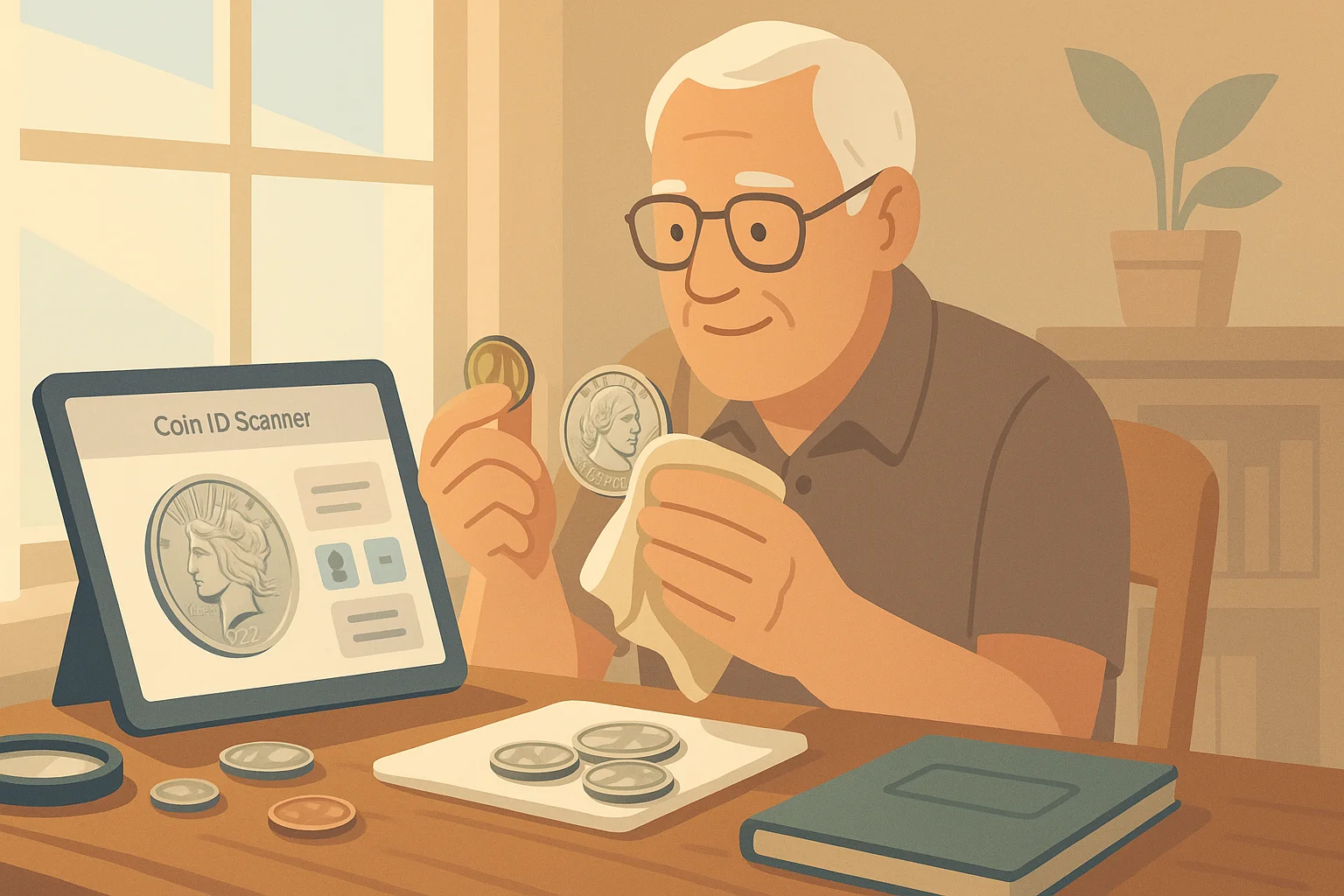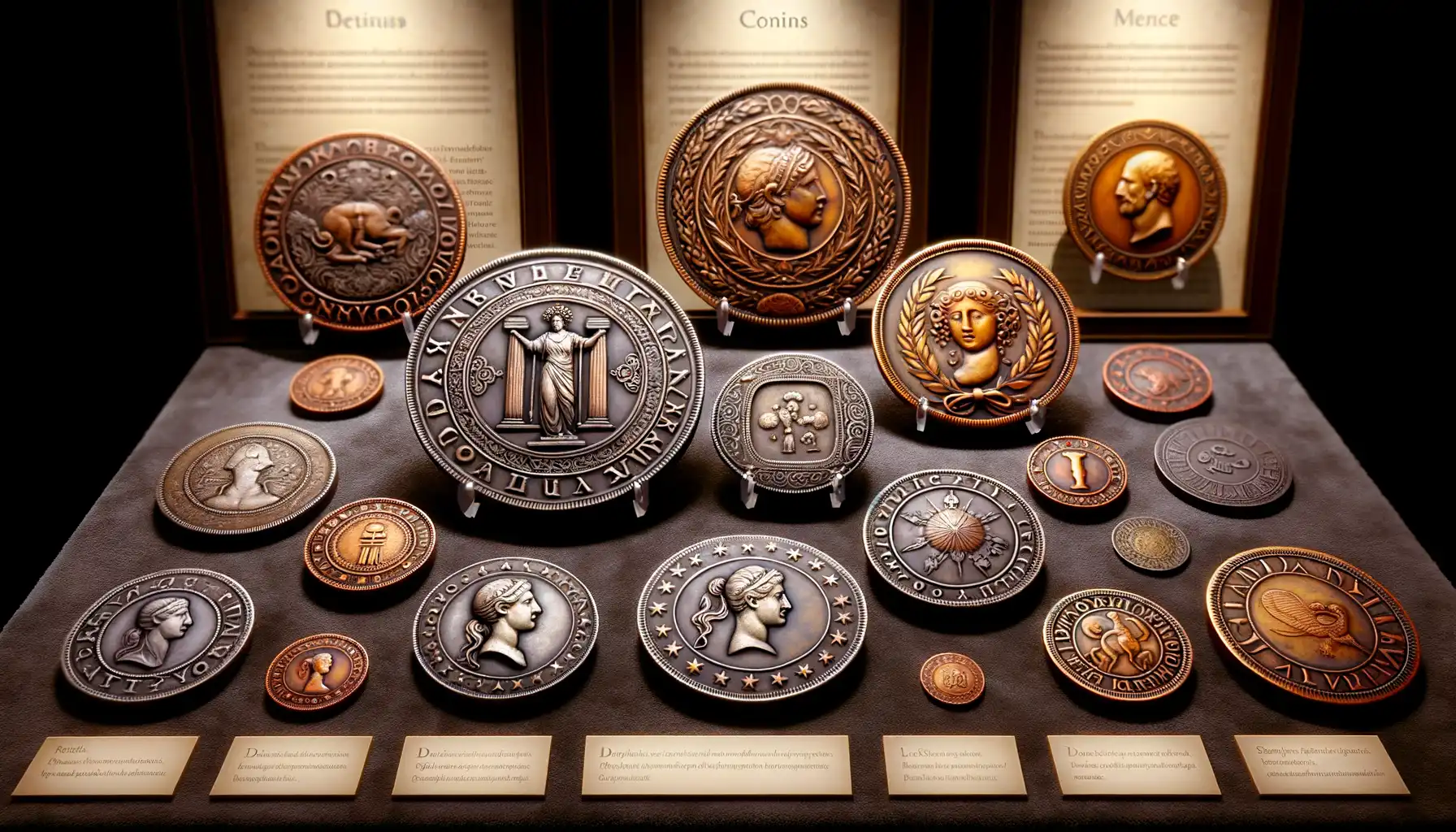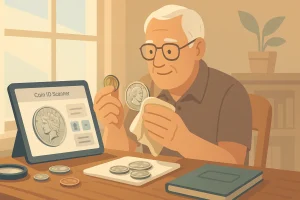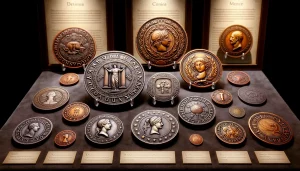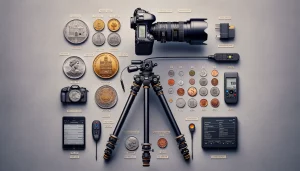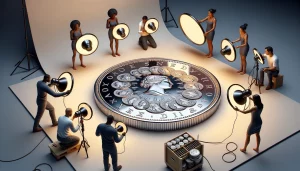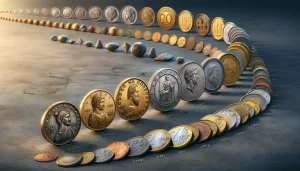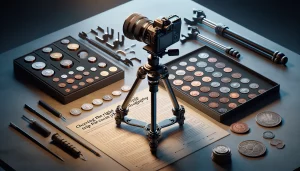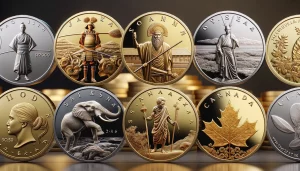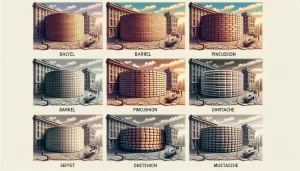Understanding the Basics of Coin Collecting
What Makes Coin Collecting So Special?
Behind every coin lies a story, a journey across hands, pockets, and decades. Coin collecting isn’t just a hobby—it’s like being a time traveler holding history right in your palm! Whether it’s an old penny from the early 1900s or a foreign coin with intricate designs, every piece whispers secrets of its past.
For beginners, start small. Look at the coins in your own wallet. Those quirky state quarters or foreign coins from vacations? They could be the first treasures in your budding collection. The goal isn’t perfection—it’s curiosity.
And here’s a little-known fact: some of the most valuable collections started with pocket change!
Key Terms Every Collector Should Know
Understanding the basics can help you avoid rookie mistakes. Keep these essentials in mind:
- Mint Marks: Tiny letters indicating where a coin was made (look for “P”, “D”, or “S” near the date).
- Circulated vs. Uncirculated: Circulated coins show wear, while uncirculated ones look almost untouched.
- Grading: Coins are graded based on their condition—from Poor (P) to Mint State (MS-70).
Start simple, stay curious, and watch as a pile of coins becomes something magical: a window into the world. Grab a magnifying glass and dive in!
Strategies for Budget-Friendly Coin Collecting
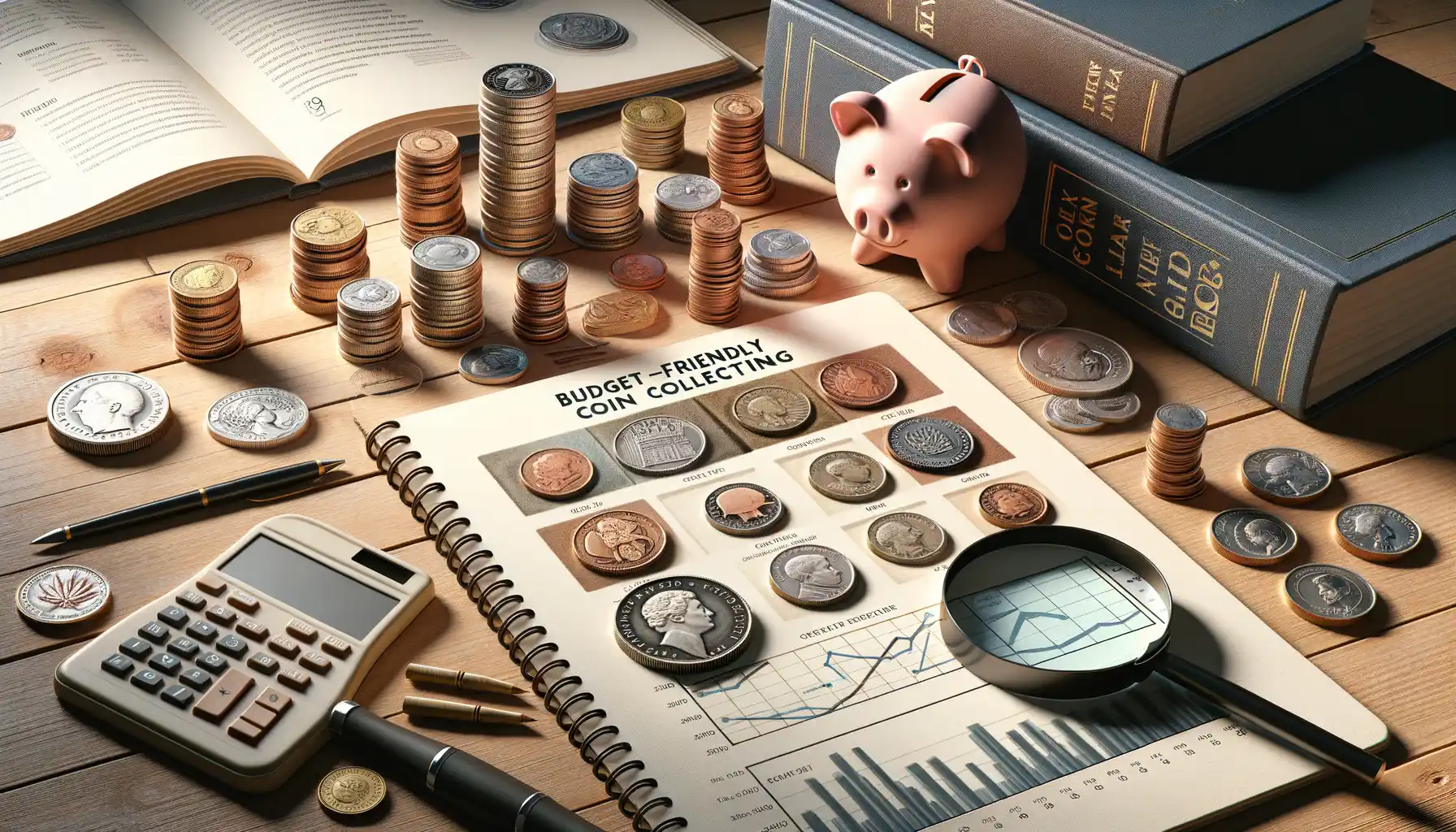
Get Creative with Coin Hunting
Who says coin collecting has to break the bank? With a little ingenuity, you can turn small efforts into big rewards. The first secret? Think like a treasure hunter! Start by scouring your everyday change. Those seemingly ordinary pennies, nickels, or quarters could hold hidden gems—like a rare mint mark or an older piece no longer in circulation. It’s like finding gold in your pocket without lifting a pickaxe.
Another smart move? Hit up local thrift stores or yard sales. These places are often treasure troves of undervalued coins waiting for someone with a keen eye (that’s you!) to give them a second chance. You’re not just finding coins; you’re uncovering stories.
- Tap into online auctions or marketplaces, but set a firm spending limit beforehand to avoid overspending in the heat of the moment.
- Join a local coin club where other enthusiasts may trade or sell coins at fair prices—it’s like having an insider’s pass!
Remember, chasing deals is half the fun! When you see each coin as a piece of history, the thrill of the hunt becomes priceless.
Best Places to Find Affordable Coins
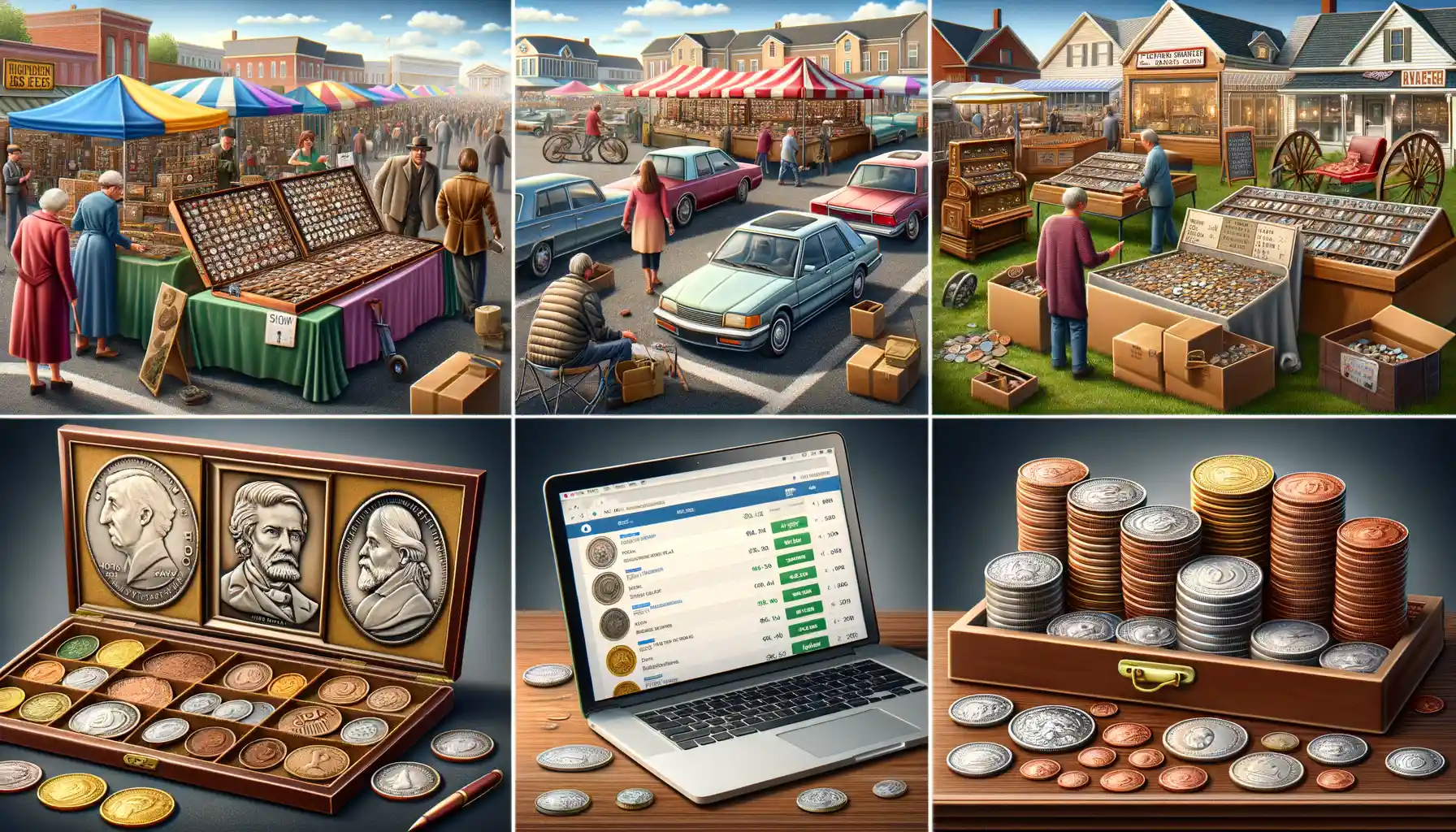
Hidden Gems for Coin Collectors on a Budget
Looking for coins that won’t break the bank can feel like searching for treasure in an overgrown forest. Let me shine a light on a few places where you might stumble upon affordable gems!
Local flea markets and yard sales are absolute goldmines (pun intended). Imagine wandering through rows of mismatched antiques and spotting a dusty old coin collection priced like spare change. Sellers here often aren’t professional dealers, meaning you can snag deals simply because they want to declutter.
Online auction platforms can also deliver amazing finds if you’re patient enough to bid wisely. Places like eBay are brimming with sellers offering unique coins. Check descriptions carefully, though – the devil’s in the details!
- Coin shows often feature smaller vendors willing to negotiate.
- Local coin shops: Get to know the owners; loyal customers sometimes score discounts!
It’s all about looking where others don’t think to. Whether it’s an overlooked corner at an estate sale or a specialized Facebook group, your next prized piece could be hiding anywhere. Happy hunting!
Digital Diving for Affordable Treasures
When in doubt, the internet has your back. Join hobbyist forums or follow social media groups dedicated to trading and selling coins. Fellow collectors often offer fair prices – we’re all in this for the love of the craft, after all!
Another fun trick? Keep an eye on websites like Craigslist or OfferUp. A seller cleaning out Grandpa’s attic might have no idea the value of what they’re listing. Stay friendly, ask questions, and always verify before buying!
Tips for Organizing and Preserving Your Collection
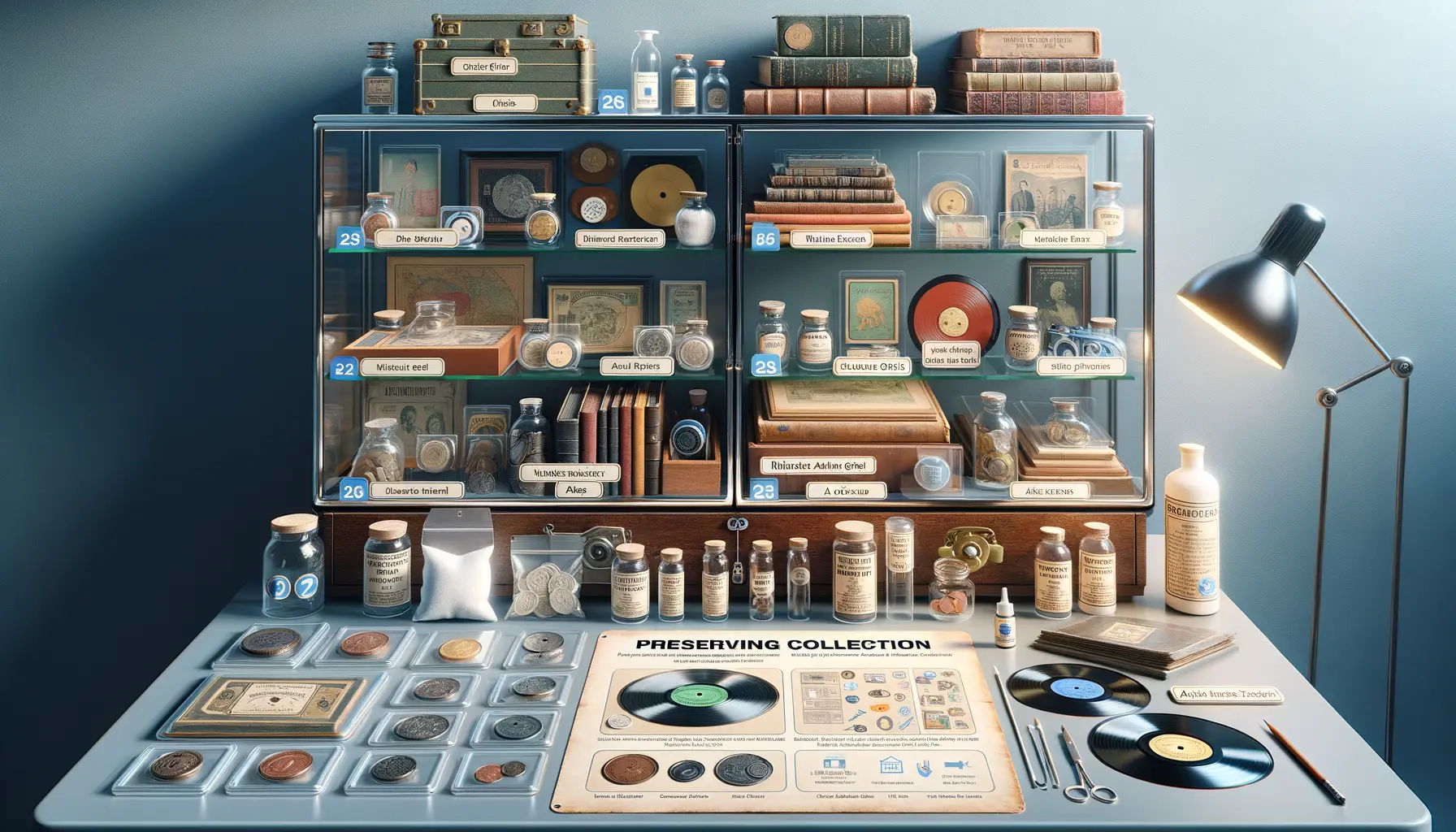
Keep Your Collection Safe and Sound
Organizing your coin collection isn’t just about keeping things tidy—it’s about ensuring every piece of history you’ve collected remains protected for years to come. Imagine pulling out a prized coin only to find it scratched or discolored! A good safeguard against this is investing in proper storage. Forget about cramming coins in a drawer or letting them rattle around in a shoebox. Instead:
- Coin albums or folders keep your treasures organized and visible.
- Acid-free flips are perfect for individual coins, letting them breathe while avoiding harmful residue.
- Have higher-value pieces? Consider sturdy airtight capsules.
Oh, and don’t handle coins with bare hands! Natural oils on skin can tarnish their surfaces. Trust me, a set of latex or cotton gloves is worth the few bucks.
A System That Brings You Joy
Your collection should be as much fun to browse as it is to build. Create a system that reflects your unique style! Maybe you sort coins by country or era—imagine lining up all your Victorian-era pieces like royalty in a parade. Or perhaps categorize them by metal type to highlight their shimmering diversity.
And don’t forget to label! A simple card noting the year, mint mark, and how you acquired the coin adds that personal touch. Years from now, these little notes will bring back memories—like when you snagged that 1943 Steel Cent for just $5 at a flea market treasure hunt.
Let’s keep those memories shining bright!
Avoiding Pitfalls and Scams in Coin Collecting
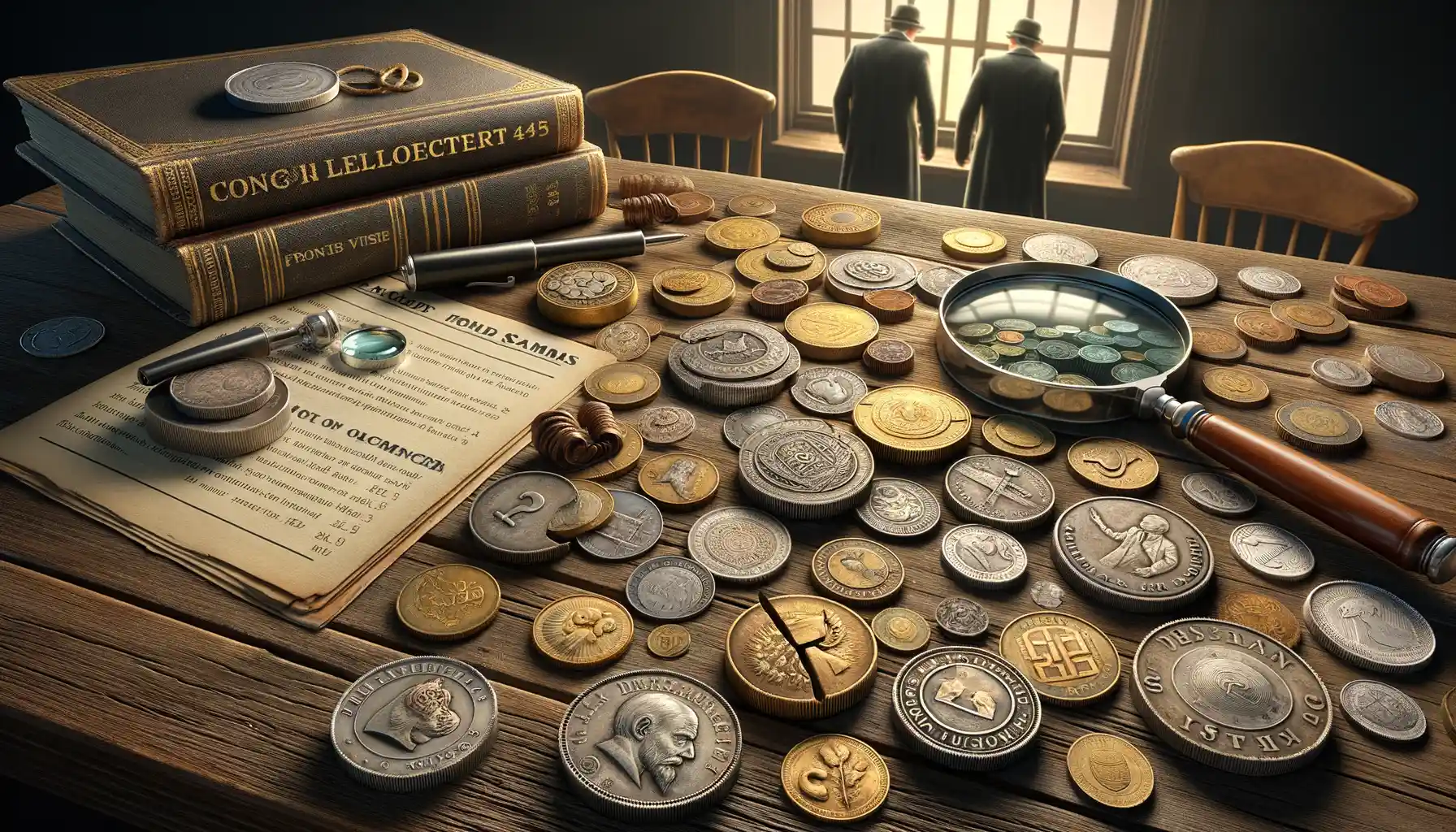
Spotting Red Flags in Coin Deals
Coin collecting can feel like an exciting treasure hunt, but beware—some “X marks the spot” maps are drawn by scammers. The thrill of chasing that glistening rare coin shouldn’t blind you to potential traps. Has someone offered you a 1909-S VDB Lincoln cent at an insanely low price? Sounds too good to be true, doesn’t it? That’s because it probably is.
Be wary of sellers who overpromise or act suspiciously vague about a coin’s authenticity. A genuine seller will happily provide detailed photos, certifications (like those from PCGS or NGC), and a history of the coin’s provenance. If the seller dodges questions or pressures you to make a quick decision, it’s time to walk away.
- Only buy from reputable dealers or well-known websites. Do your research!
- Avoid “cleaned” or altered coins disguised as pristine. Original surfaces hold more value.
- If a price makes your eyebrows shoot up (in suspicion, not joy), double-check market values.
Trust Your Gut and Knowledge
Your first line of defense is knowledge. Scammers prey on eagerness and inexperience—so sharpen your instincts like a collector sharpening their loupe focus. Read guides, join online groups, and check out forums where veteran collectors expose shady practices. Build relationships with seasoned hobbyists; their stories could save you from costly mistakes.
Lastly, trust your gut. If your inner voice whispers, “This deal seems fishy,” listen. Sometimes, the best deal is the one you didn’t make. Stick to coins that delight your heart and fall within your budget. That’s where the real treasure lies.
